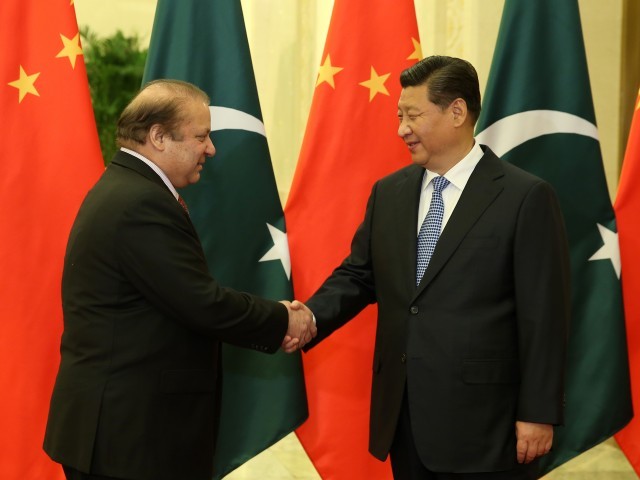The 3,000-km long China Pakistan Economic Corridor is being hailed as a ‘game changer’ for the entire region. The economic corridor is central to Pakistan-China relations and aims to connect the deep-sea port city of Gwadar to the landlocked region of Xinjiang through an extensive network of highways, railways and pipelines. With the pledge of $ 46 billion, the proposed project is the biggest international investment Pakistan has ever been accorded. In addition to numerous economic opportunities it will bring, the corridor also aims to initiate a steady development in the energy and telecommunications sectors of Pakistan. A project of such mega proportions requires not just a significant amount of commitment but also efficient legal procedures, competent technical expertise and a necessary infrastructure that can ensure supervision, management and implementation of its development. Now that the initial jubilation centred on the project seems to be settling, CPEC seems to be undergoing some ‘teething problems’ expressed through a general lack of preparedness, dearth of supporting infrastructure coupled with poor planning, legal and procedural concerns and an early expectation of cost overruns is a source of great concern for the Chinese and Pakistani authorities. A high level military delegation headed by the Vice-Chairman of the Central Military Commission of China, General Fan Changlong has called upon Chief of Army Staff General Raheel Sharif at GHQ. After the ritual pronouncement of a friendship that surpasses all description, the Chinese counterpart expressed his appreciation and gratitude for the armed forces’ effort in quelling the East Turkestan Islamic Movement (ETIM) safe havens in FATA, following years of discreet nudging to initiate an operation that could deter terrorism by the Uighurs in China. The Pakistan military has raised a special force to guarantee the safety and security of Chinese CPEC workers operating in Pakistan.
The corridor not only utilizes Pakistan’s unique strategic location to bypass the costly Strait of Malacca for the transportation of oil and gas but provides a point of entry/exit for Chinese trade. Moreover, Pakistan will be connected through trade with the region across the border, including the seldom mentioned Central Asian states. Hence it is essential that the supporting network of infrastructure be developed and functional for the smooth operation of this ongoing project. The only downside in this equation is the insurgency-infested province of Balochistan. Instead of raising a specific special force for the safety of this region, it would have been better to resolve the conflict through negotiations. Where the corridor is an opportunity gained, it is also an opportunity missed that could possibly integrate the vast and resource-rich province of Balochistan into the sphere of expected economic prosperity for the local population, which might have facilitated a peaceful outcome for the troubled province. *

